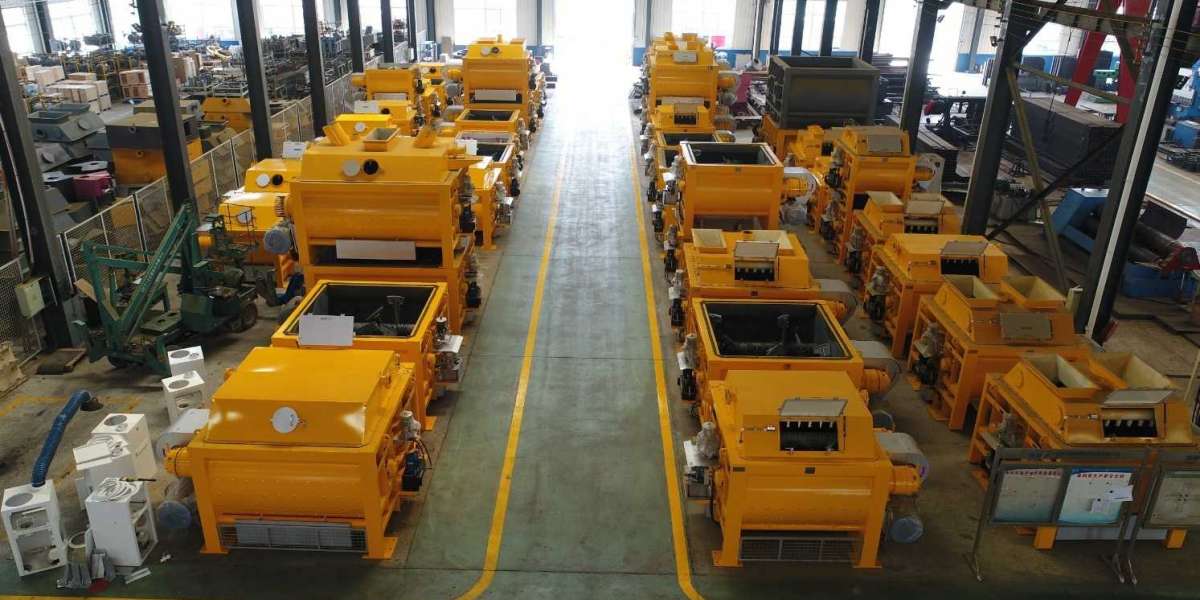chinaturbokits.com
A significant difference between a turbocharged diesel engine and a traditional naturally aspirated gasoline engine is the air entering a diesel engine is compressed before the fuel is injected. This is where the turbocharger is critical to the power output and efficiency of the diesel engine.
It is the job of the turbocharger to compress more air flowing into the engine’s cylinder. When air is compressed the oxygen molecules are packed closer together. This increase in air means that more fuel can be added for the same size naturally aspirated engine. This then generates increased mechanical power and overall efficiency improvement of the combustion process. Therefore, the engine size can be reduced for a turbocharged engine leading to better packaging, weight saving benefits and overall improved fuel economy.
How Does a Turbocharger Work?
A turbocharger is made up of two main sections: the turbine and the compressor. The turbine consists of the turbine wheel and the turbine housing. It is the job of the turbine housing to guide the exhaust gas into the turbine wheel. The energy from the exhaust gas turns the turbine wheel, and the gas then exits the turbine housing through an exhaust outlet area.
The compressor also consists of two parts: the compressor wheel and the compressor housing. The compressor’s mode of action is opposite that of the turbine. The compressor wheel is attached to the turbine by a forged steel shaft, and as the turbine turns the compressor wheel, the high-velocity spinning draws in air and compresses it. The compressor housing then converts the high-velocity, low-pressure air stream into a high-pressure, low-velocity air stream through a process called diffusion. The compressed air is pushed into the engine, allowing the engine to burn more fuel to produce more power.
Applications of Turbocharger
A turbocharger is commonly used in automotive engines like truck, car, train, aircraft, and construction equipment. modern release of Otto cycle and diesel cycle internal combustion engines feature turbochargers.
Let dive in to explain some applications of turbochargers:
Gasoline and Diesel-power cars: Turbocharged cars is common of petrol and diesel-powered cars to increase their power output for a given capacity. It also increases fuel efficiency, allowing a smaller displacement engine. These engines lost weight of about 10% and save up to 30% in fuel consumption and still deliver the same peak horsepower.
The first turbocharged passenger car was the Oldsmobile Jetfire option. It uses the component to a 215 cu in all aluminium V8 and on Chevrolet product called corvairs. It is initially called Monza Spyder cooled flat six-cylinder engine. Diesel cars vastly rely on turbocharger since the use of improved efficiency, drivability, and performance of diesel engines. It is produced on passenger car was Garrett-turbocharged Mercedes introduced in 1978.
Turbocharger are slightly different for different models, for example, there are Turbocharger for Audi, Turbocharger for Seat, Turbocharger for Skoda, Turbocharger for Volkswagen, Turbocharger for BMW, Turbocharger for Mercedes-Benz, Turbocharger for Toyota, Turbocharger for Volvo, Turbocharger for Hyundai, etc.
Trucks: For the same benefit, diesel truck engines have featured turbocharging since 1938.
Aircraft: Over the year the effect of turbocharger also increases the efficiency of aeroplanes.








